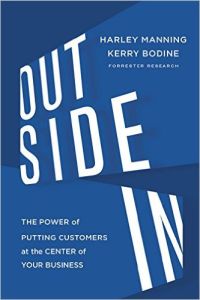
Broken Windows, Broken Business: How the Smallest Remedies Reap the Biggest Rewards
by Michael Levine
Broken windows theory came up in a recent conversation. The person I was speaking with said he read the book, but it quickly became apparent that we were talking about two different books. I was talking about Fixing Broken Windows, a book about crime control which I have previously reviewed. He was talking about Broken Windows, Broken Business, which takes the premise of the crime theory and applies it to business.
Continue reading “Broken Windows, Broken Business”






